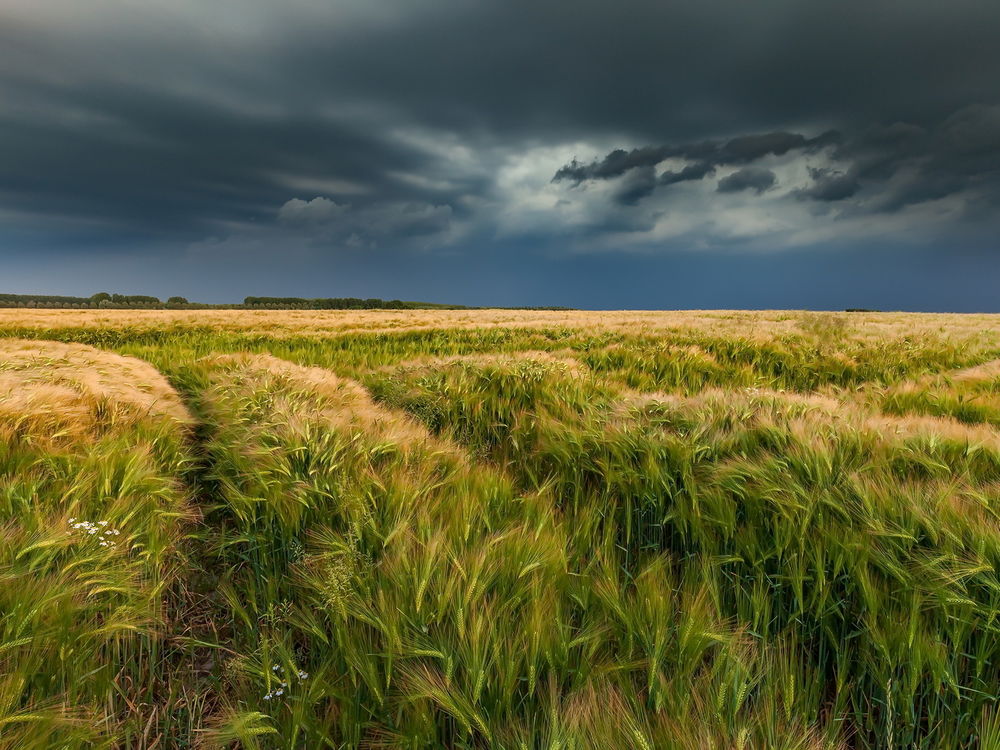Australia: Rain firms northern market

Prices for feedgrain in the northern market have lifted this week in response to rain which has stopped or slowed the sorghum harvest and outturn of all grains.
In the southern market, barley has firmed while values have eased in response to a flurry of trading in the canola market as growers let go some tonnage on the recent rally.
| Mar 28 | Mar 21 | |
| Barley Downs | $373 | $370 |
| ASW wheat Downs | $365 | $360 |
| Sorghum Downs | $355 | $343 |
| Barley Melbourne | $327 | $318 |
| ASW wheat Melbourne | $335 | $340 |
Table 1: Indicative prices in Australian dollars per tonne.
Most growing areas in southern and Central Queensland, and in northern New South Wales, have had some consecutive wet days.
Totals for the week to 9am today vary enormously, and in Qld include: Dalby 47mm; Emerald 1mm; Felton 24mm; Jondaryan 35mm; Miles 110mm; Roma 91mm, and Springsure 32mm.
In northern NSW, falls were much patchier, and included: Moree 9mm; Mungindi 31mm, and Narrabri 4mm;
“Rain has impacted things, and nothing much has gotten loaded,” one trader said.
With the Easter break coinciding with the end of the quarter and the month, this week has brought a flurry of activity on executions.
“We’ve had some ASW wheat coming from grower brokers…at $355/t on farm.
“It’s the trade buying more than the consumer.”
Traded volume is falling outside the wheat and barley market, with northern stockfeed millers sourcing canola and lupins from NSW to include in rations.
While many sorghum crops are yet to ripen and be desiccated, some on the point of harvest are showing the impact of five wet or overcast days.
“There’s a bit of talk about sorghum and mungbeans shelling out or sprouting,”
However, as a portion of the overall crop, the downgraded or yield-affected area is thought to be small.
The sorghum market has rallied this week in response to supply rather than demand.
“Sorghum bids yesterday for April-May went from $345 to $355.”
Rain in the past week has been ideal for later-maturing sorghum crops, and has also helped to set up the northern region for a big and timely winter-crop plant.
Traded quantity remains thin in ASW wheat and feed barley in the southern market, although consumer interest has picked up a little.
“Barley has firmed up a bit,” GeoCommodities broker Brad Knight said.
Dry conditions in the southern half of NSW, as well Victoria, are normal for this time of year, and have sparked an uptick in domestic feeding, with the market responding accordingly.
“There’s not a lot of length in barley because it’s been expensive relative to wheat.”
“With consumers, this uptick has brought them back to the table.”
Cooler conditions in Vic and southern NSW have allowed growers with heavy canola and cereal stubble loads to burn where necessary in preparation for sowing of cash crops.
Growers are already well advanced with sowing dual-purpose canola and cereal crops, and oats for winter grazing.
Read also
Ukraine’s grain exports down one-third in first half of MY 2025/26
US sharply reduces tariffs on Italian pasta after review
Soybean quotes in Chicago continue to fall under pressure from fundamental factors
Small surplus is expected on the world sugar market – Rabobank
Crop & Price Navigator 2026/27
Write to us
Our manager will contact you soon



